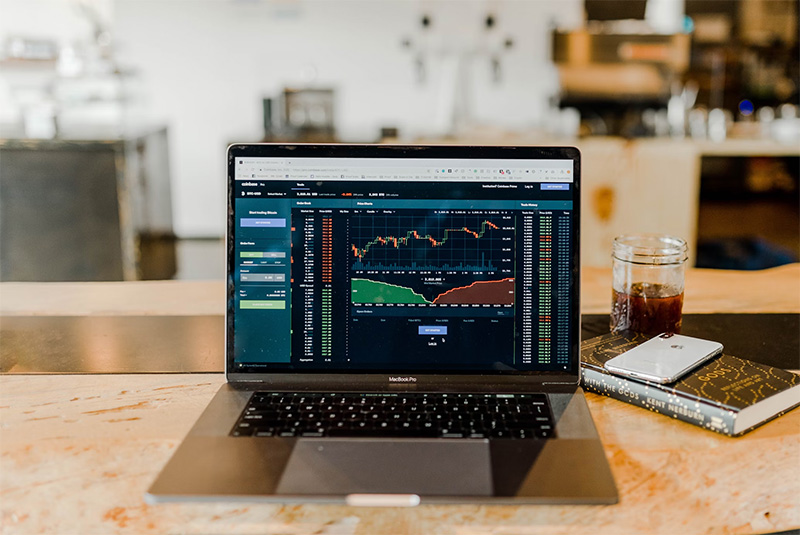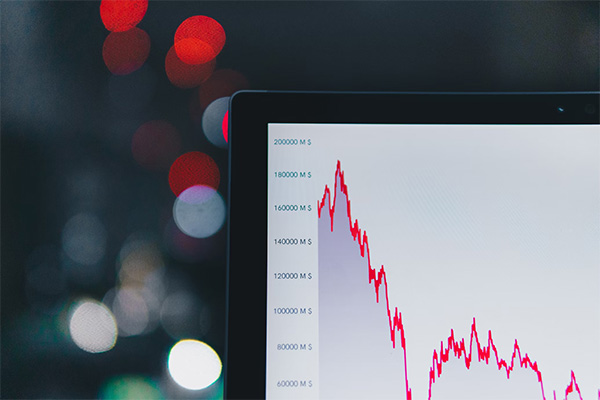How to Get Started with Index Funds
For those looking for a simple and quick approach to engage in the financial markets, index funds have become a common investing option. Attracting a broad spectrum of investors, these funds provide a special mix of diversity and cost-effectiveness by matching the performance of well-known market indices. Knowing the principles of index funds—including how to choose and oversee them—helps people to make wise selections in line with their long-term financial goals.
Understanding Index Funds
Investing tools meant to monitor the performance of a given market index, like the S&P 500 are index funds. Reflecting the elements of the selected index, they comprise a varied portfolio of equities or bonds. Compared to actively managed funds, this strategy lets investors have more wide market exposure at less costs. Investing in index funds helps people to minimize the risks involved in selecting specific stocks while still enjoying the general expansion of the market. For both new and seasoned investors trying to create wealth over time, their simplicity and affordability appeal.
Choosing the Right Index Funds
Choosing appropriate index funds means assessing numerous important criteria. First take into account the particular index the fund monitors; this will affect its risk profile and performance. Examine the fund’s expense ratio; low values here will enhance returns over time. Evaluate also the past performance of the fund and its tracking error, which reveals its index-following degree. Diversification is also quite important; some funds give more general exposure while others concentrate on particular industries or areas. At last, check the resources and reputation of the fund provider to be sure they have a good record of properly handling index funds.
Opening an Account and Investing in Index Funds
You’ll first have to open a brokerage account before starting index fund investing. Look at several brokerage companies to identify one with cheap costs, easy-to-use systems, and access to a large spectrum of index funds. After choosing a broker, finish the application process usually needing financial information and personal details. You can begin buying index funds once your account is set up and funded. Your risk tolerance and financial objectives will determine how much to invest. Using dollar-cost averaging, even modest donations will greatly increase your investment over time.
Monitoring and Rebalancing Your Index Fund Portfolio
Making sure your index fund portfolio fits your financial objectives depends on routinely looking over it. Track how well your money is doing versus its different benchmarks by routinely monitoring performance. Changing market conditions may cause some sectors to prosper or underperform, therefore distorting your asset allocation. Rebalancing is modifying your investments to preserve your intended degree of risk and diversification. This could involve purchasing more of those that have trailed while selling other funds that have surged dramatically. Whether yearly or semi-annually, create a rebalancing program to maintain your portfolio on target and in line with your financial goals.
Attractive to a broad spectrum of investors, investing in index funds presents a simple and efficient way for creating wealth over time. Understanding the major elements in choosing the correct funds, opening a suitable brokerage account, and keeping a disciplined approach to monitoring and rebalancing can help people to build a strong investment portfolio that fits their financial situation. This approach is a wise decision for long-term financial success since it not only streamlines the investing procedure but also takes advantage of the general expansion possibility of the market.
Photo Attribution:
1st & featured image by https://unsplash.com/photos/turned-on-macbook-pro-DfjJMVhwH_8
2nd image by https://unsplash.com/photos/a-computer-screen-with-a-red-line-on-it-W7wEqy01K3s


